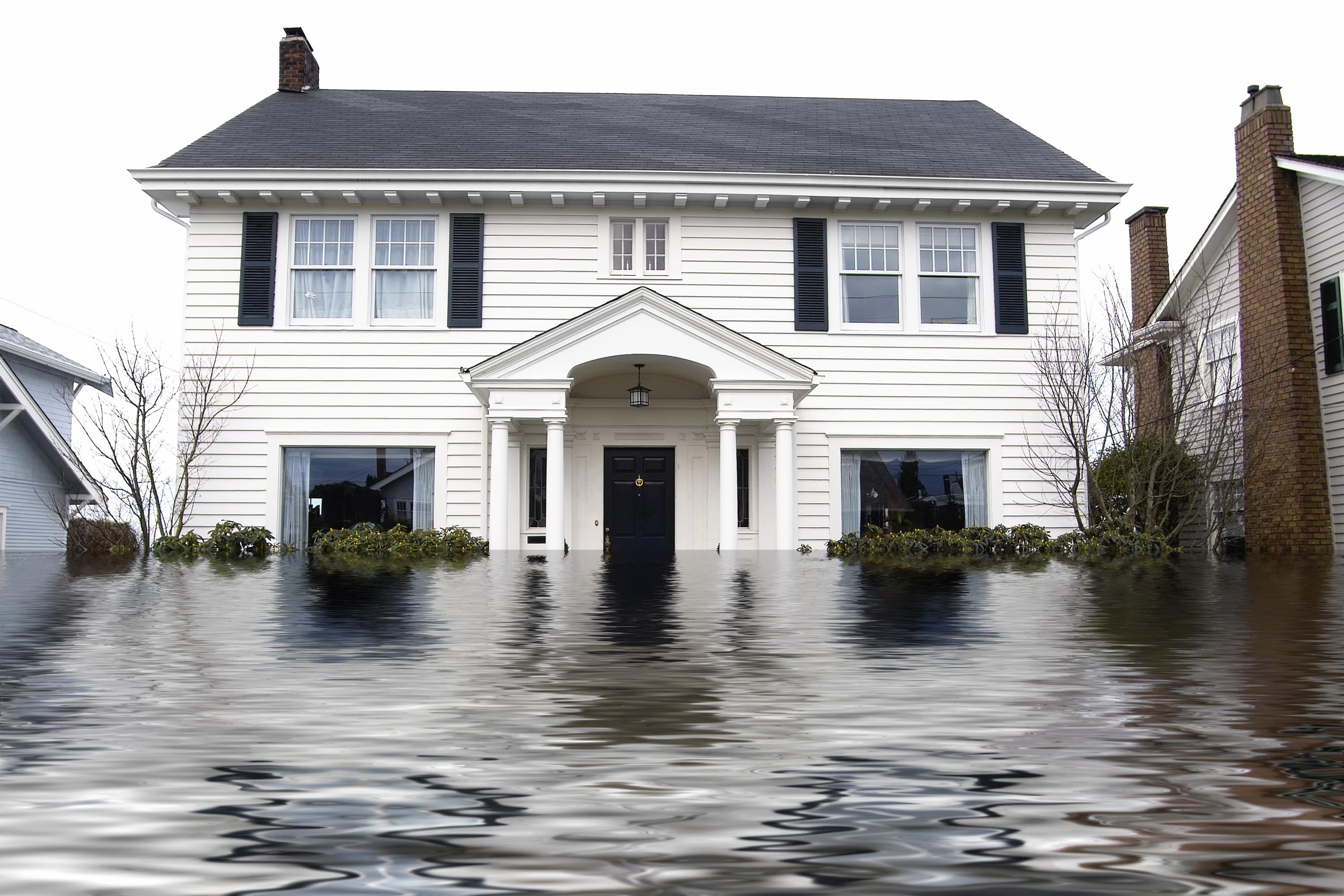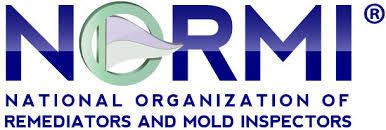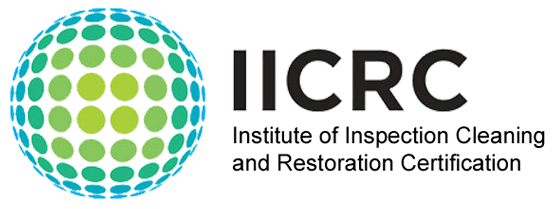Flood Cleanup: Avoiding Indoor Air Quality Problems

Fact Sheet
Introduction
During a flood cleanup, the indoor air quality in your home or office may appear to be the least of your problems. However, failure to remove contaminated materials and to reduce moisture and humidity can present serious long-term health risks. Standing water and wet materials are a breeding ground for microorganisms, such as viruses, bacteria, and mold.
This fact sheet discusses problems caused by microbial growth, as well as other potential effects of flooding, on long-term indoor air quality and the steps you can take to lessen these effects. Although the information contained here emphasizes residential flood cleanup, it is also applicable to other types of buildings.
Prepare for Cleanup
Read Repairing Your Flooded Home prepared by the Federal Emergency Management Agency and the American Red Cross. The booklet discusses flood safety issues and can save your life. The booklet also contains detailed information on proper methods for cleaning up your home. You should also consult the wealth of information on the FEMA, CDC, and The American Lung
Association sites on the subject, which are listed below:
- The American Red Cross
- American Lung Association’s Fact Sheet on Flood Clean-up
This fact sheet provides additional information not covered in the original FEMA/American Red Cross booklet on indoor air quality concerns related to flooding (however, because this fact sheet was prepared in 1993, it is more than likely that FEMA and the Red Cross and the American Lung Association do have more up-to-date information and resources available, which you should consult). Many of the methods used for general cleanup, as detailed in the booklet, are the same as those used to avoid problems with indoor air quality. For brevity, we have not provided detail on the general methods used for cleanup here. This fact sheet is intended to be used in conjunction with the FEMA/American Red Cross booklet and resources. Children are different from adults. They may be more vulnerable to chemicals and organisms they are exposed to in the environment.
Avoid Problems from Microbial Growth
Remove Standing Water
Standing water is a breeding ground for microorganisms, which can become airborne and be inhaled. Where floodwater contains sewage or decaying animal carcasses, infectious disease is of concern. Even when flooding is due to rainwater, the growth of microorganisms can cause allergic reactions in sensitive individuals. For these health reasons, and to lessen structural damage, all standing water should be removed as quickly as possible.
Dry Out Your Home
Excess moisture in the home is an indoor air quality concern for three reasons:
- Microorganisms brought into the home during flooding may present a health hazard. These organisms can penetrate deep into soaked, porous materials and later be released into air or water. Coming in contact with air or water that contains these organisms can make you sick.
- High humidity and moist materials provide ideal environments for the excessive growth of microorganisms that are always present in the home. This may result in additional health concerns such as allergic reactions.
- Long-term increases in humidity in the home can also foster the growth of dust mites. Dust mites are a major cause of allergic reactions and asthma.
Be patient. The drying out process could take several weeks, and growth of microorganisms will continue as long as humidity is high. If the house is not dried out properly, a musty odor, signifying growth of microorganisms can remain long after the flood.
Remove Wet Materials
It can be difficult to throw away items in a home, particularly those with sentimental value. However, keeping certain items that were soaked by water may be unhealthy. Some materials tend to absorb and keep water more than others. In general, materials that are wet and cannot be thoroughly cleaned and dried within 24-48 hours should be discarded, as they can remain a source of microbial growth.
In addition, fiberboard, fibrous insulation, and disposable filters should be replaced, if they are present in your heating and air conditioning system and have contacted water. (If a filter was designed to be cleaned with water and was in contact with clean rainwater only, ensure that it is thoroughly cleaned before reinstalling.)
Avoid Problems from the Use of Cleaners and Disinfectants
The cleanup process involves thorough washing and disinfecting of the walls, floors, closets, shelves, and contents of the house. In most cases, common household cleaning products and disinfectants are used for this task.
FEMA also suggests the use of disinfectants and sanitizers on the ductwork for the heating and air conditioning system, if it has been flooded. Disinfectants and sanitizers contain toxic substances. The ability of chemicals in other household products used for cleaning to cause health effects varies greatly, from those with no known health effect to those that are highly toxic. Read and follow label instructions carefully, and provide fresh air by opening windows and doors. If it is safe for you to use electricity and the home is dry, use fans both during and after the use of disinfecting, cleaning, and sanitizing products.
Be careful about mixing household cleaners and disinfectants together. Check labels for cautions on this. Mixing certain types of products can produce toxic fumes and result in injury and even death.
Source: United States Environmental Protection Agency (EPA)
Note: Aspen Environmental Services recommends using a licensed and trained professional for testing and removal of mold for two main reasons: 1) to make sure that the mold is removed and won’t come back and 2) to protect against the use of toxic chemicals, which can be dangerous in the hands of non-professionals.
Aspen Environmental professionals are licensed and insured and members of the National Organization of Remediators and Mold Inspectors (NORMI), the National Air Duct Cleaners Association (NADCA), and the Institute of Inspection Cleaning and Restoration Certification (IICRC).
Contact Aspen for anything related to water damage cleanup, mold testing, mold removal, or air ducts: Call 978.328.0882 or email [email protected].




